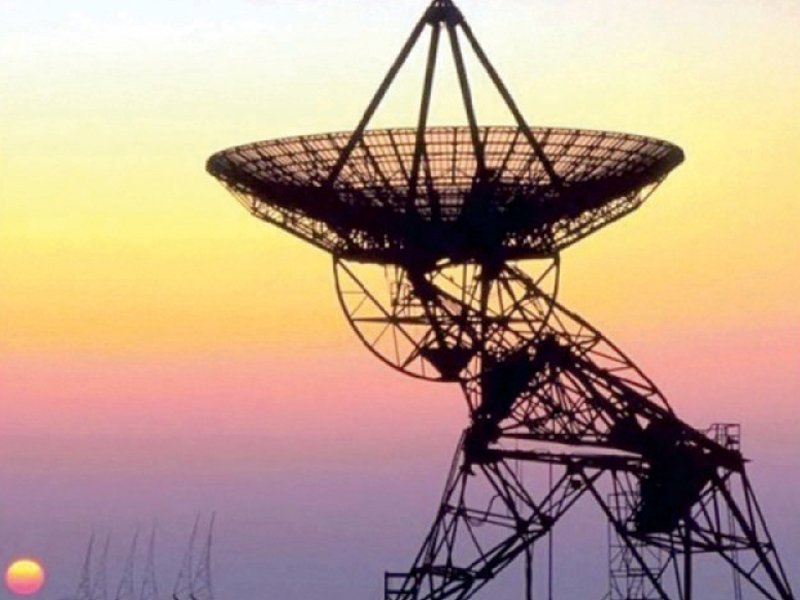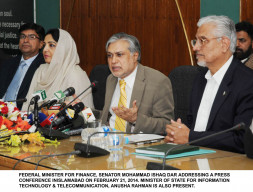
ISLAMABAD:
The government will not hold open bidding for the award of licences for third generation telecom services if it receives bids within available slots and will sell each band at the base price of $295 million irrespective of whether the bidders quote higher prices.
According to the Information Memorandum, a policy document that sets rules and processes for upcoming auction, an open bidding will be held only if demand exceeds supply. The IM, prepared by a consortium of international consultants, was released by Pakistan Telecommunication Authority (PTA) on Tuesday.
The condition of selling the 3G spectrum at the base price seems to be benefitting the potential bidders, as it clearly states that the spectrum will be auctioned at the base price of $295 million.
“In the case where the auction is not required due to no excess demand, applicants that submitted a sealed bid offer supported by a correct pre-bid deposit will be awarded the amount of spectrum stated in their sealed bid offers for the 2,100 MHz (megahertz) band at the base price,” said the IM.
The condition may deprive the exchequer of any additional benefits that could be fetched by selling the bands at prices quoted by the bidders.
According to a PTA official, for instance, if the bids remain within 30 MHz in the 2,100 MHz band and the bidders quote $300 million for each band of 10 MHz, they will be awarded the licence at $295 million.
The IM said for getting spectrum in 1,800 MHz band, which is 4G, the bidder needs to win at least one 3G licence. The licences will be granted within 30 days of receiving 50% payment of initial spectrum fee. The bidders will submit 15% of the total bid value as earnest money.
Last week, the federal government announced that it would auction three 3G licences, two 4G licences ($210 million each) and one licence of defunct Instaphone ($291 million) to only a new entrant. It has estimated to receive a minimum of $1.6 billion through the auction process.
According to the IM, national population coverage by the cellular mobile network has reached 75%. The cellular mobile segment accounts for 78% of telecom market revenues and there were 134 million active SIMs by January this year.
The mobile market revenues reached $3.2 billion by the end of fiscal year 2012-13 and Mobilink was the largest player, taking away 30% of total revenues, according to the IM. Telenor’s share in revenues stood at 28%, followed by Ufone 19%, Warid 12% and Zong 11%.
Auction schedule
According to the calendar, the auction will be held on April 7. The bidders have been given two weeks for holding consultations. If any changes are required in the IM, these will be made by March 17. The bidders can seek clarifications until March 19.
March 25 is the deadline for prospective bidders to submit application forms and sealed bid offers with pre-bid deposits. On March 28, PTA will notify qualified bidders. However, it can change the dates, if deemed necessary.
3G rollout
Initially, the winner of 3G licences will be bound to provide such services within six months in main cities of Islamabad, Karachi, Lahore, Peshawar, Quetta and 10 other cities, one of which must be located in each of the four provinces.
This condition is only for the existing five players while the new entrant will have one year to cover these cities.
In the second phase, the existing players will have one and a half years to provide coverage to 80% of the district headquarters. In the last phase, the licence holders will have five years to provide coverage to 90% of tehsil headquarters.
Advantage of technology: Difference between 3G and 4G
On technical grounds, 1,900 to 2,100 megahertz (MHz) is the spectrum bandwidth that is most popular for 3G services while 1,800 MHz is popular for 4G services.
Simply put, 3G services offer higher data transfer rates for internet including browsing, uploading, downloading and live streaming compared to 2G. However, 4G services offer even higher data transfer rates than 3G.
Another difference is that 3G provides an improved quality of voice service (voice calls) compared to existing services offered by the 2G network.
The main benefit of broadband lies in its ability to deliver basic services to citizens. Through applications such as e-education, e-medicine and e-governance, to name a few, users can easily have access to education, healthcare and governance.
Published in The Express Tribune, February 26th, 2014.
Like Business on Facebook, follow @TribuneBiz on Twitter to stay informed and join in the conversation.
COMMENTS (4)
Comments are moderated and generally will be posted if they are on-topic and not abusive.
For more information, please see our Comments FAQ


































































Interesting potential scandal in making.Why sell at fixed base price.Let there be open bidding with minimum base price.Let the government reap the benefit of bidding